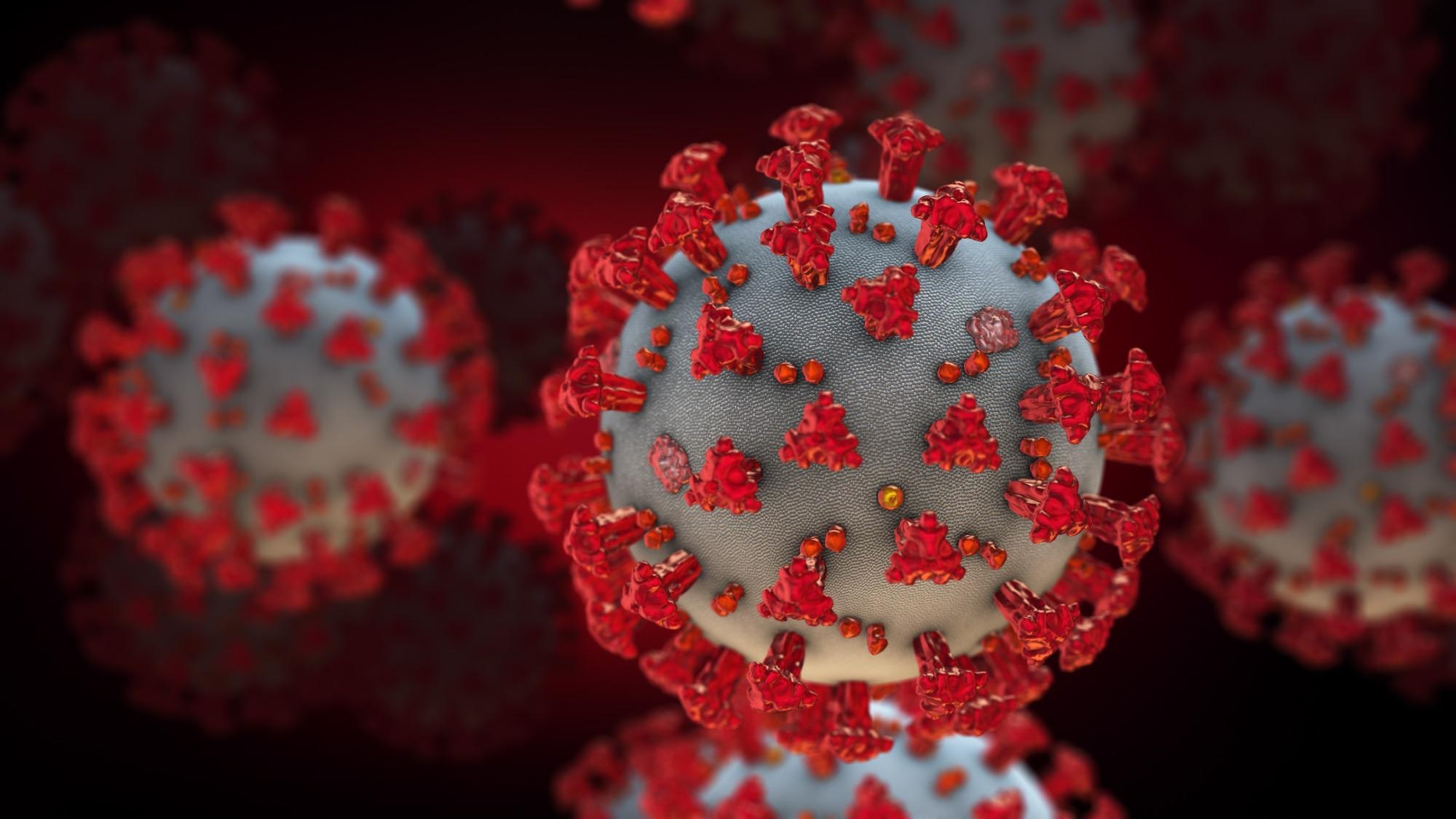An article recently available as a pre-proof in the journal Analytical Biochemistry focuses on the latest advancements in nanomaterials and molecular organic frameworks (MOFs), underlining their applications in controlling the SARS-CoV-2 (COVID-19) pandemic.

Study: Nanomaterials and metal-organic frameworks for biosensing applications of mutations of the emerging viruses. Image Credit: Cinefootage Visuals/Shutterstock.com
Additional emphasis on the latest technologies, achievements, and applications helps envision better solutions for the future to combat new mutations of the virus.
Applications of Biosensors in Viral Detection
Biosensors for COVID-19 and other viruses involve biochemical, immune, or molecular technologies with exceptional sensitivity, detection time, and flexible portability. However, signal amplification is limited in these technologies because of the difficulty of receiving a low magnitude signal from biological species. Thus, nanomaterials and nanomaterial-based metal-organic frameworks (NMOFs) in biosensors, bio-composites, and biobarriers can improve signal stability, sensitivity, and amplification, aiding in the diagnosis and control of various viral diseases.
Nanomaterials in Biosensing and Control
The use of nanomaterials in diagnostics, vaccines, and therapeutics to combat the COVID-19 pandemic requires immediate attention. The sensitivity of nanomaterials in detecting the virus at extremely low viral load exemplifies its applicability as a cost-effective strategy in rapid and accurate COVID-19 detection, especially in samples with low viral load. Thus, using nanoparticles in the labeling process further amplifies the signal and enables detection with high selectivity and sensitivity.
Previous research demonstrated that using gold nanoparticles (Au-NPs) for detecting SARS-CoV-2 can achieve a dual-functioning biosensor based on plasmonic effects. Others reported a 10-minute N protein-specific colorimetric biosensing approach using the sample from oropharyngeal swab ribonucleic acid (RNA), wherein they used Au-NPs fitted thiol-modified antisense oligonucleotides.
Similarly, a Au-NPs-based colorimetric biosensing approach has been used to detect the SARS-CoV-2 RNA-dependent RNA polymerase (RdRp) gene within 30 minutes.
Researchers have made significant contributions toward nanomaterials-based personal defense tools. One team reported the application of angiotensin-converting enzyme 2 (ACE2)-coated nanoflowers/quantum dots in manufacturing chewing gums and nose filters for limiting the infection spread. This concept involves a barrier creation between ACE2 and spike (S) protein, which prevents the coronavirus from entering the host cell.
Further, anti-viral-coated self-disinfecting surfaces act as barriers to reducing and restricting viral transmission. Anti SARS-CoV-2 activity of a coating material based on copper oxide bound polyurethane was tested on stainless steel and demonstrated >99.9% reduction of coronavirus within two hours.
Nanomaterial-Based Molecular Organic Frameworks (NMOFs) in Biosensing and Control
The high specificity, stability, sensitivity, and flexibility of novel NMOFs enabled their way into biosensing applications. The bioconjugation ability of MOFs with bioactive molecules has an advantage on these materials in therapeutics.
These MOF/NMOF-based biosensors can be enzyme-mimicking elements, sensitive element carriers, gas sensors, transducers, or signal amplifiers. Moreover, the physical and structural properties of MOFs/MOF- NPs have significant advantages in their biomedical applications. A Haemophilus influenza detection method using Au-electrode in a zinc-based MOF bound carboxymethylcellulose solution increased the Au-electrode sensitivity.
Additionally, NMOFs, employed in face masks fabrication, are used as self-protecting tools and are recommended by the World Health Organization (WHO) to prevent SARS-CoV-2 infection. Researchers have developed a color-changing wearable Au-NPs doped nano-MOF to detect the COVID-19 virus, which works on the basis of surface-enhanced Raman scattering (SERS).
Further, a new trend involves using ultraviolet light-assisted hydroxy radicals released by the MOF to damage the coronavirus’ outer S protein and other related organic material and kill the virus in human lungs.
Conclusion and Future Scope
To summarize, nanomaterials and NMOFs enable cost-effective applications in diagnostics, anti-viral surfaces, personal-defense tools, and wearables. The pie-pie stacking, electrostatic interactions, and hydrogen bonding promoted by the functional groups and aromatic rings of MOFs with negatively charged viral genetic material enable their facile biomedical application.
Although there exists a wide range of applications for nanomaterials and NMOFs, an in-depth study of nanotoxicity and their biomolecular interactions and the development of cost-effective nanostructure-based biosensors for rapid results can create more opportunities for the application of nanomaterials in sensor designing and detection.
Reference
Sheta M. Sheta, Said M. El-Sheikh. (2022) Nanomaterials and metal-organic frameworks for biosensing applications of mutations of the emerging viruses. Analytical Biochemistry, 114680.https://www.sciencedirect.com/science/article/pii/S0003269722001361?via%3Dihub
Disclaimer: The views expressed here are those of the author expressed in their private capacity and do not necessarily represent the views of AZoM.com Limited T/A AZoNetwork the owner and operator of this website. This disclaimer forms part of the Terms and conditions of use of this website.